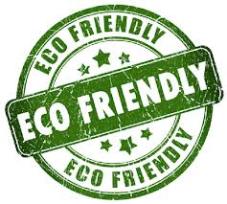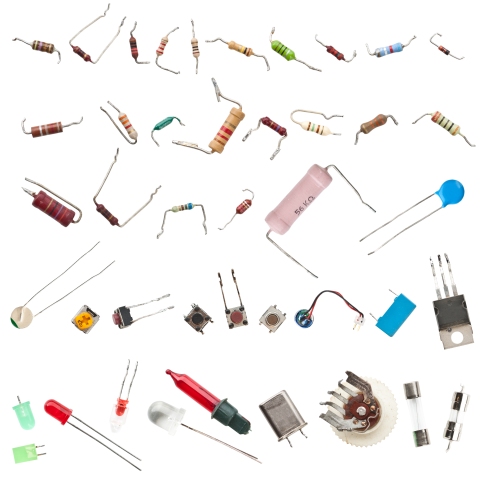
All through our history, mankind has pillaged, pawned and plundered Planet Earth. Until fairly recently, most businesses didn’t give the environment a second thought; even 20 years ago, it fell off the corporate radar and was generally regarded as ‘hype’.
Much has changed. It’s become increasingly apparent that so-called ‘global development’ cannot continue unchecked, indefinitely. Issues of sustainability have moved up the political and economic agenda and they can no longer be ignored.
Pro-Activists
Today, the pressure on businesses to ‘be green’ has never been greater. As consumer awareness of environmental issues increases, so have consumer expectations. Thankfully, eco-friendly practices are becoming the norm, and green credentials are something by which we measure performance, value and success.
Now, when it comes to the environment, there’s no way that businesses can vouch ignorance. Whatever they do, be it good or bad, it will be noticed; it goes without saying that everyone wants to be noticed for the right reasons.
There’s been a distinct shift in investors’ preference for companies that intentionally ‘do more good’ rather than just ‘do no harm.’ It’s no longer enough to not be bad and avoid mass pollution and all the shocking, headline-grabbing crimes. Now, businesses are expected to be proactive and intelligent in their efforts to make the world a better place.
Good All Round
What’s good for the environment is ultimately good for business. No company can hope to have a good image without green credentials. A strong, innovative and thoughtful environmental policy gives companies a well-earned reputation for being credible, ethical and responsible.
Consumers are starting to really care about this sort of thing, and they’re more discerning than ever. The demand for environmentally-friendly products and services is strong and growing, with many willing to pay more and demonstrating loyalty and goodwill towards companies with good green credentials. You’ll also find they can open the door to greater community involvement and real engagement with the locals.
Being green is a real competitive advantage on the international playfield. Having all the right green credentials and qualifications satisfies stakeholders, reassures investors, builds stronger community relationships and provides access to new partnerships and business opportunities. It also helps businesses to attract the best employees, as many of today’s best young employees report that they’re more inclined to work for companies that are known to be environmentally-friendly.
Saving Money- and Face
Being green can save businesses a fortune. The small upfront investment required is made up for many times over by the cost savings. Being environmentally-friendly involves scrutinising every single business process in order to reduce waste and fuel consumption. Green means lean, and maximising operational efficiency will ultimately bolster the bottom line.
Finally, being green mitigates risk and saves face. New environmental legislation is being set out all the time. Organizations that are leading the way, rather than dragging behind, can be confident that they won’t land a fine, face the hassle and embarrassment of prosecution or have to fork out for higher insurance premium.
All businesses, whatever their size, culture or industry, will really benefit from being green. Those that choose not to prioritise the environment will end up green with envy at the success of their competitors



